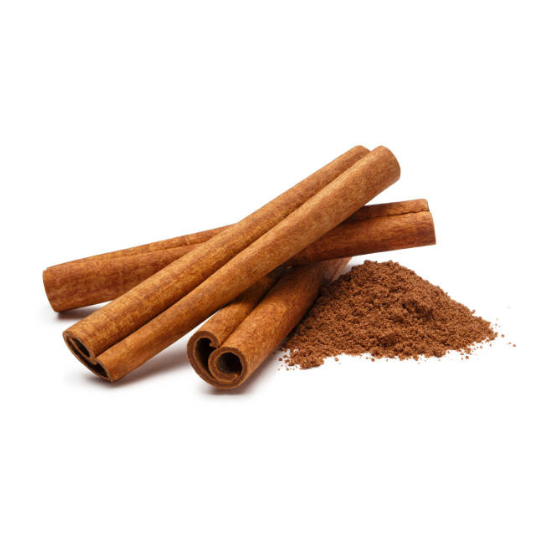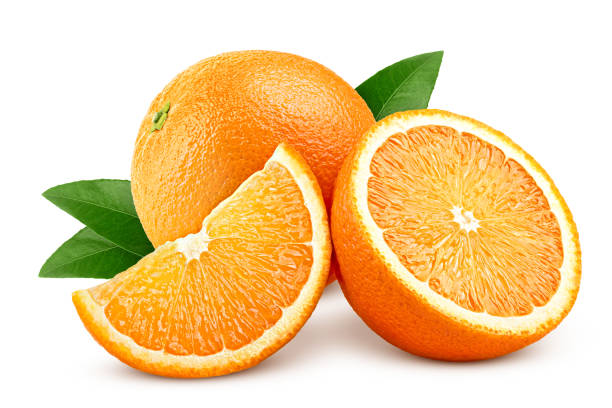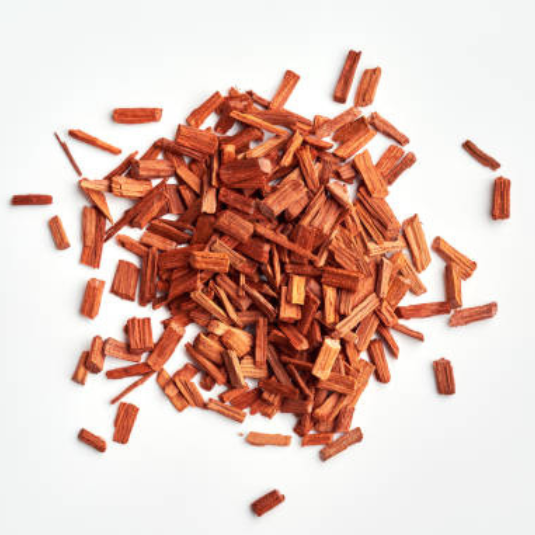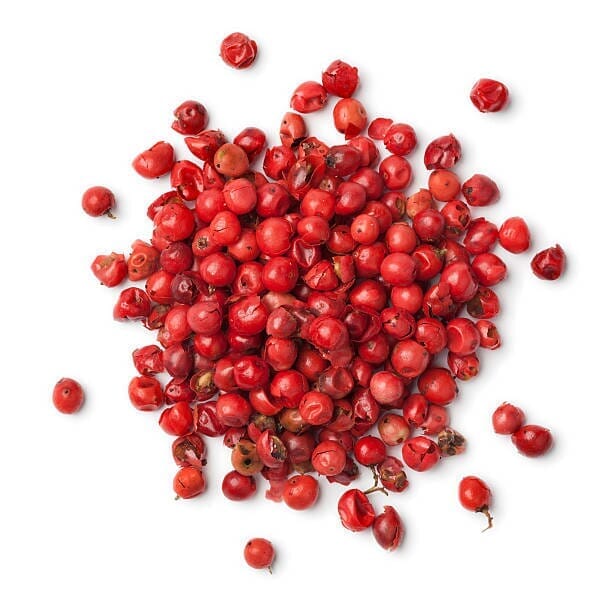What does the word Cardamom mean?
The name "cardamom" comes from the Latin word "cardamomum," which means "aromatic seed." It is also called "green cardamom" or "Ceylon cardamom" to distinguish it from "black cardamom" or "Nepalese cardamom." In Arabic, it is called "al-Hayl," while in Hindi, it is known as "elaichi."In the beginning…
Cardamom has a long history in Asian and Arab cultures. The ancient Egyptians used it for embalming, while the Greeks and Romans discovered it during their travels in India. It was introduced to Europe by Crusaders in the Middle Ages. Cardamom became very popular in Scandinavia, where it is used in both sweet and savory dishes. It is also highly valued in Middle Eastern countries, where it is used in coffee and desserts. In India, cardamom is considered one of the most precious spices and has been used in traditional cooking and medicine for thousands of years. Today, cardamom is widely cultivated in tropical regions around the world and is used in many fine perfumes for its unique and exotic scent.Native to India, it grows in the rainforests of the Himalayas. It is also cultivated in other countries, including Sri Lanka, Guatemala, and Honduras. The cardamom plant is a perennial herb that can grow up to three meters tall. It produces white and purple flowers that yield capsules containing the aromatic seeds. The capsules are harvested by hand and sun-dried to preserve their fragrance. Cardamom is an expensive spice due to its manual harvesting and processing method, but it is considered one of the most valuable spices in the world due to its unique aromatic properties.
Cardamom cultivation
Cardamom is primarily produced in tropical regions of the world, including India, Sri Lanka, Tanzania, Ethiopia, Guatemala, and Honduras. India is the world's largest producer of cardamom, followed by Guatemala. Cardamom produced in India is often considered the highest quality, as it is grown and harvested by hand and dried naturally in the sun. Sri Lanka is also a major producer of cardamom, but the quality varies depending on the drying method used. In Tanzania and Ethiopia, cardamom is produced in mountainous areas, where it can grow at high altitudes, resulting in a higher quality spice. Finally, Guatemala and Honduras also produce premium cardamom, which is often used in high-end perfumes and cosmetics.Planting cardamom is therefore a complex process that requires a specific climate, a large amount of water, and meticulous attention to maintain the quality of the spice. Thanks to its unique aromatic properties, cardamom is highly prized in perfumery and is often used to add warm and spicy notes to fragrance compositions. Perfumers often use cardamom essential oils in their creations to add a touch of sophistication and complexity to their perfumes. Cardamom is also used in cosmetics for its sweet, warm fragrance, as well as its skin-soothing properties.
The development of cardamom in perfumery is a testament to the complexity and richness of the fragrance and cosmetics industry. Perfumers know that each ingredient used in a composition can have a significant impact on the end user's sensory experience. That's why they continually seek out new ingredients and sources to add variety and originality to their creations.
The cardamom harvest is therefore a crucial element in the perfume industry, as it provides a source of inspiration for perfumers and allows them to create unique and memorable fragrances. Cardamom is a perfect example of how an ingredient can be transformed from its raw state into a precious and sought-after substance in the world of perfumery and cosmetics. As a highly valued spice worldwide, cardamom has played an important role in the history of the perfume industry and continues to be a source of inspiration for modern perfumers.
What did you know about Cardamom in perfumery?
The steps involved in cardamom manufacturing in perfumery are therefore crucial for creating unique and memorable compositions. Cardamom is a key ingredient in many high-quality perfumes and cosmetics, and its aromatic complexity makes it a popular choice for professional perfumers. Consumers can rest assured that cardamom is a safe and natural ingredient that delivers a superior sensory experience in the perfumes and cosmetics they use every day. Ultimately, cardamom is an essential element in the perfume industry, bringing a touch of exoticism and originality to modern olfactory creations.Cardamom's aromatic profile is complex and rich, offering a variety of warm, sweet, and spicy notes. Perfumers often use cardamom as a top note to add a tangy, spicy touch to their fragrances. Cardamom is often combined with notes like ginger, black pepper, and cinnamon to create warm and intoxicating scents.
In perfumery, cardamom blends well with other spicy notes such as black pepper, cloves, and cinnamon. It can also be combined with floral notes such as rose and jasmine to create a more sensual and feminine scent. Additionally, cardamom pairs well with woody notes such as cedar and sandalwood to create a warmer, deeper scent. Cardamom is also used in men's fragrances to add a spicy, exotic note to the top notes. In short, cardamom is a versatile and valuable olfactory note that can be used to create a wide variety of fragrances. It belongs to the spicy olfactory family.
Good to know!
In addition to its use in perfumery and cosmetics, cardamom also offers numerous health benefits and virtues. This spice is known to help relieve digestive issues, such as bloating and intestinal gas. It can also reduce inflammation and joint pain, as well as boost the immune system. Additionally, cardamom is rich in antioxidants, making it a valuable ally in fighting the harmful effects of free radicals on the skin and body in general.
Some legendary Cardamom fragrances...
There are many famous perfumes that use cardamom as a key olfactory note.
• The Declaration eau de toilette from Maison Cartier , released in 1998, is fresh, woody and spicy. The fragrance opens with a fresh bergamot top note that continues with a bouquet of fresh spices. The heart notes include cardamom and juniper berries. The composition regains depth and power with its woody base of cedar and vetiver.
• Mimosa & Cardamom by Jo Malone is a sophisticated fragrance that subtly blends notes of mimosa and cardamom to create a warm and elegant composition. Delicate mimosa accords bring a floral sweetness, while cardamom adds a spicy and vibrant touch. This captivating fragrance embodies the perfect balance between luminous freshness and spicy warmth, creating a unique olfactory experience.
• Ombré Leather by Tom Ford is a bold and sensual fragrance that captures the spirit of luxurious leather. Rich notes of black leather intertwine with accords of orange blossom and patchouli, creating a mesmerizing and captivating scent. This fragrance embodies sophistication and power, offering a deeply captivating and intriguing olfactory experience.
These fragrances demonstrate the versatility of cardamom in perfumery and how it can be successfully used to create a wide variety of unique and alluring scents.
Bon Parfumeur cardamom fragrances
Cardamom is a very popular olfactory note in perfumery today. At Bon Parfumeur, we have also used this note in our haute parfumerie collection:• Bon Parfumeur's 301 Eau de Parfum is a unisex fragrance that uses cardamom with amber and sandalwood to create a spicy, woody scent.
• Both sensual and captivating , 302 Eau de Parfum uses cardamom as a top note with amber, iris and sandalwood.
• Finally, Eau de Parfum 303 uses cardamom as the top note to create a fresh and spicy fragrance, combining cardamom with notes of chili pepper and pink berries and benzoin.










